The dominant feature of sheep production in 2017 has to be the high sheep kill.
Even without the final two weeks’ throughput figures, the 2017 kill has already hit a 10-year high at 2,845,513.
This represents an increase of 265,488 over the same period in 2016, with the higher kill coming at the start and end of the year. Producers who carried hoggets into 2017 were frustrated by higher numbers saturating the market and reducing prices by 50c/kg on 2016 levels. Hogget throughput increased 125,521 head (807,548) while the ewe and ram kill also increased 13,127 (112,823).
The higher kill did not signal farmers getting out of sheep but instead a higher cull figure from an expanding national flock. Sheep census figures released in May showed ewe numbers increasing 137,037 to 2.64m head in 2016, following an increase of 80,000 ewes in 2015.
The trade for April through to July was brighter than in previous years. Lower supplies of sheepmeat were driven by reduced kill and lower carcase weights as some labs recorded a poor kill-out.
Prices
Prices hit a peak of €6.20/kg to €6.30/kg in May and, while prices followed a seasonal downward trend, they remained 20c/kg to 50c/kg above 2016 levels until mid-July. About 60% of the flock is in the western half of the country, and difficult weather was a challenge for many sheep farmers there and in the north.
Continuous heavy rainfall and low grass dry matter hit lamb performance from September. This led to higher production costs as meal was added to limit the delay in drafting rates.
Weather difficulties
Weather difficulties interfered with breeding preparations on some farms, with ewes in lesser condition than previous years. It is too early to say if this will have a negative effect on scanning rates in mid-season flocks. Scanners are reporting a comparable litter size in early lambing flocks.
Fodder concerns are well documented, with grass reserves depleting much faster and earlier supplementary needed.
Tight fodder supplies and poor-quality silage are a concern for many, while for others limited availability and higher prices for straw are the greatest challenge.
Throughput
High throughput has also been a feature of the kill in recent months, with 58,385 more lambs processed since October. Prices bottomed out in October at €4.60/kg to €4.70/kg, slightly ahead of the lowest price in 2016.
The market has improved since early November, with prices running 20c/kg to 30c/kg above the same period in 2016. Supply and demand has been finely balanced in recent weeks, leaving the trade finishing the year in a steady manner.
Read more
A mixed year for tillage farmers
A wish-fulfilling year for dairy farmers
Cautious optimism as beef kill hits 14-year high
The dominant feature of sheep production in 2017 has to be the high sheep kill.
Even without the final two weeks’ throughput figures, the 2017 kill has already hit a 10-year high at 2,845,513.
This represents an increase of 265,488 over the same period in 2016, with the higher kill coming at the start and end of the year. Producers who carried hoggets into 2017 were frustrated by higher numbers saturating the market and reducing prices by 50c/kg on 2016 levels. Hogget throughput increased 125,521 head (807,548) while the ewe and ram kill also increased 13,127 (112,823).
The higher kill did not signal farmers getting out of sheep but instead a higher cull figure from an expanding national flock. Sheep census figures released in May showed ewe numbers increasing 137,037 to 2.64m head in 2016, following an increase of 80,000 ewes in 2015.
The trade for April through to July was brighter than in previous years. Lower supplies of sheepmeat were driven by reduced kill and lower carcase weights as some labs recorded a poor kill-out.
Prices
Prices hit a peak of €6.20/kg to €6.30/kg in May and, while prices followed a seasonal downward trend, they remained 20c/kg to 50c/kg above 2016 levels until mid-July. About 60% of the flock is in the western half of the country, and difficult weather was a challenge for many sheep farmers there and in the north.
Continuous heavy rainfall and low grass dry matter hit lamb performance from September. This led to higher production costs as meal was added to limit the delay in drafting rates.
Weather difficulties
Weather difficulties interfered with breeding preparations on some farms, with ewes in lesser condition than previous years. It is too early to say if this will have a negative effect on scanning rates in mid-season flocks. Scanners are reporting a comparable litter size in early lambing flocks.
Fodder concerns are well documented, with grass reserves depleting much faster and earlier supplementary needed.
Tight fodder supplies and poor-quality silage are a concern for many, while for others limited availability and higher prices for straw are the greatest challenge.
Throughput
High throughput has also been a feature of the kill in recent months, with 58,385 more lambs processed since October. Prices bottomed out in October at €4.60/kg to €4.70/kg, slightly ahead of the lowest price in 2016.
The market has improved since early November, with prices running 20c/kg to 30c/kg above the same period in 2016. Supply and demand has been finely balanced in recent weeks, leaving the trade finishing the year in a steady manner.
Read more
A mixed year for tillage farmers
A wish-fulfilling year for dairy farmers
Cautious optimism as beef kill hits 14-year high




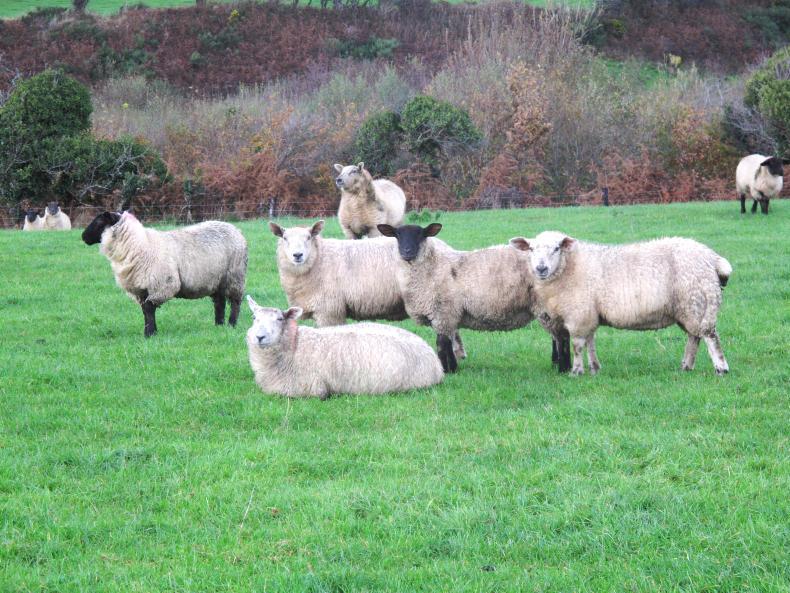
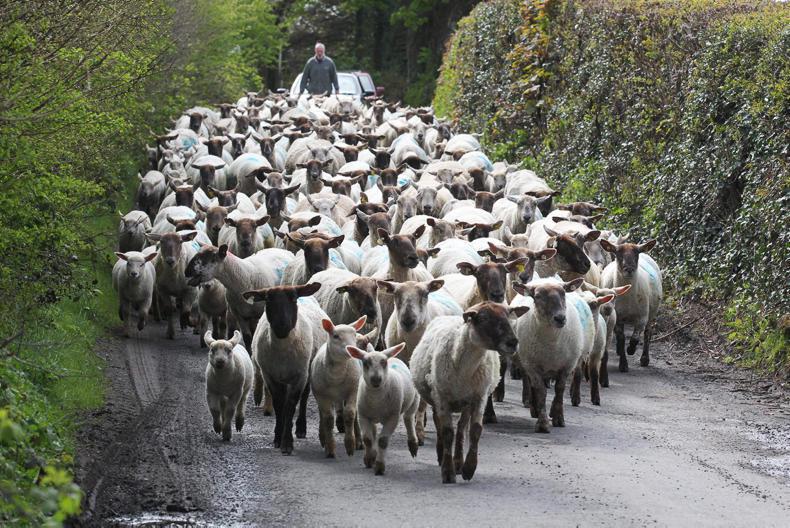

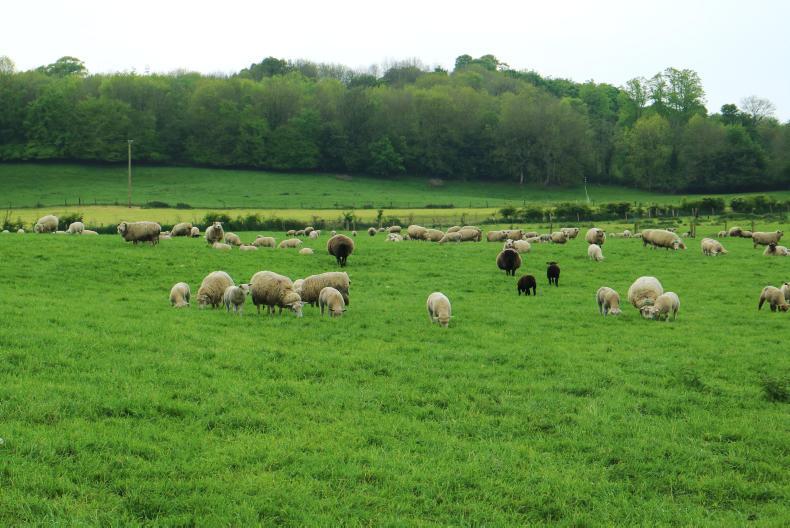
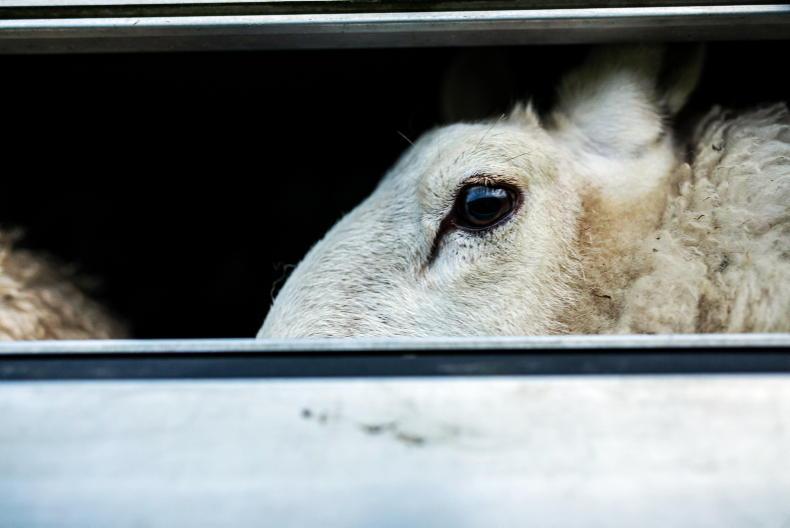
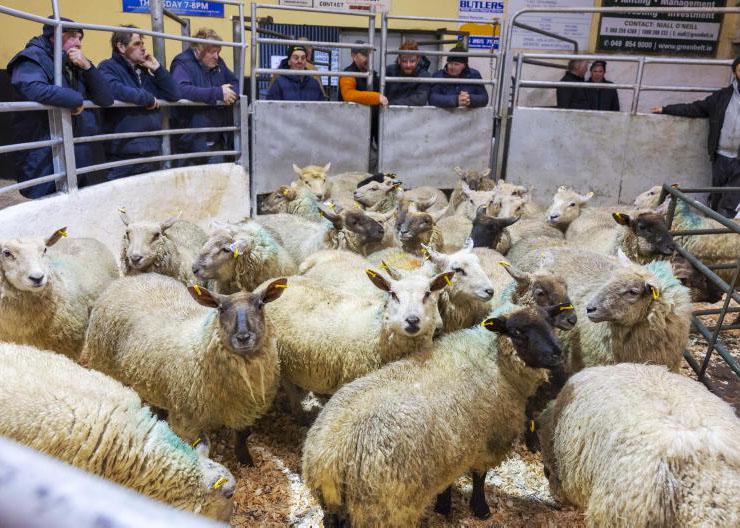
SHARING OPTIONS